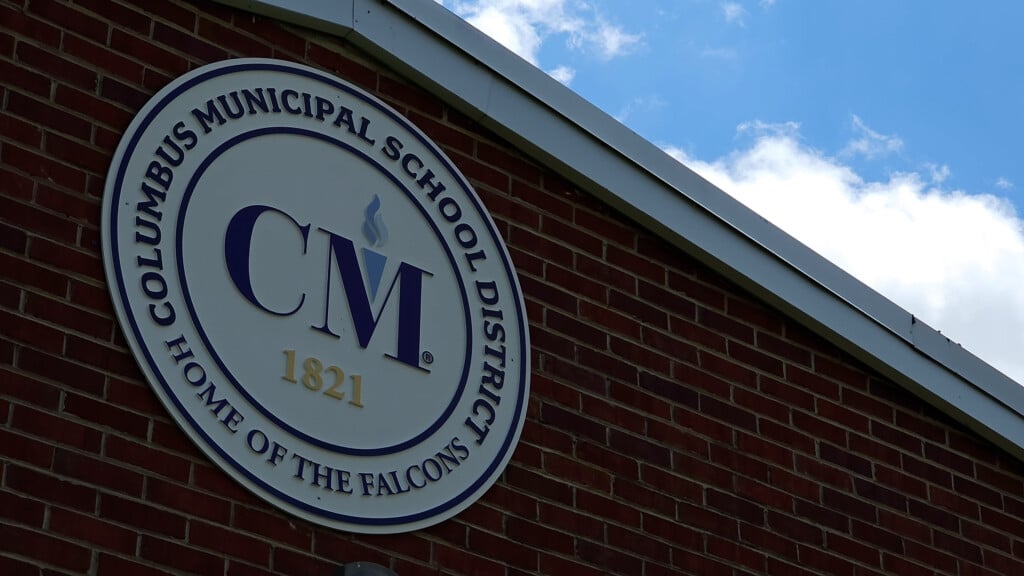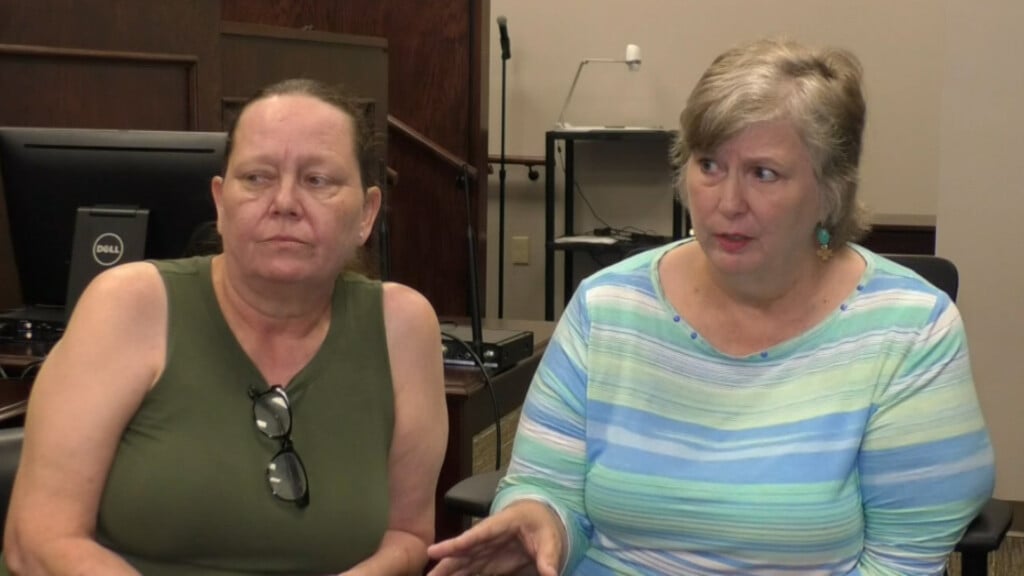Water costs are rising across the U.S. — here's why
- Americans this year will pay an average of $104 per month in water and wastewater bills, up more than 30% in less than a decade.
- Water and sewer bills, which are rising faster than inflation, increased for an eighth consecutive year in a study of the country’s 50 largest metropolitan regions.
- Cities across the country are grappling with aging systems, fewer resources and extreme weather.
Each glass of water, shower or flush costs far more than it did just eight years ago — and your water is bill is likely go up again in 2019.
The average water and sewer bill in 50 cities jumped 3.6% this year, marking the eighth consecutive year of increases, according to a recent annual study from Bluefield Research. Since 2012, water bills have surged 31%, outpacing inflation.
This year, the typical household will pay $104 per month for water and wastewater services, the Boston-based company said. That’s a faster pace than increases in prices for most groceries or gasoline, based on recent data from the Bureau of Labor Statistics.
Trending News
So why are Americans drowning in higher water and sewer bills?
For one, cities across the country are grappling with aging infrastructure that’s costly to repair. Drinking water is delivered via 1 million miles of pipes across the U.S., much of them laid in the early- to mid-20th century with a lifespan of 75 to 100 years, according to a 2017 report from the the American Society of Civil Engineers. The group gave America’s drinking water infrastructure a grade of D. Wastewater systems didn’t fare much better, earning a grade of D+.
“We’ve been putting off that investment, we as a country, for decades now,” Bluefield Research’s Erin Bonney Casey told CBS MoneyWatch. “And so there’s a backlog of projects that we need to do, and there isn’t enough money to do all of those projects.”
Failure to adequately manage water systems have led to emergencies in Flint, Michigan and now Newark, New Jersey. On Monday, New Jersey’s Essex County said it will issue a $120 million bond to replace the Newark’s lead service pipes, which have caused increased lead levels in the city’s drinking water.
On top of that, climate change is also playing a role because more frequent and stronger storms means higher treatment costs. In some parts of the country, drought has strained water sources to critical levels, making it more expensive for cities and towns to find other sources of water or spend more on purification, for instance.
Increasingly unaffordable
While the increases vary between metro areas, rates on average have increased every year since Bluefield began tracking them in 2012. Water is already unaffordable for one of 10 U.S. households, a share that’s forecast to triple to more than 30 percent of within five years, according to a 2017 study from Michigan State University.
“This is getting more and more expensive, and that always raises the question of affordability for low-income households,” Casey noted.
Where rates are surging
Of the top 50 U.S. metropolitan areas analyzed by Bluefield, 35 raised rates from 2018 to 2019. The rest lowered or kept their rates unchanged.
Take El Paso, Texas, where residents saw the highest increase among the 50 metro areas. Water rates are up 4% for the 2019-2020 fiscal year, while wastewater rates are jumping 8%, according to a report in the El Paso Times.
El Paso’s rates are rising as it pays for years-long repairs to its infrastructure, according to Bluefield. The city prefers to increase bills by a smaller percentage each year instead of slamming residents with a big one-time jump that they may struggle to manage, the El Paso Times reported, citing a city official.
When customers don’t pay
Water and wastewater utilities must perform a “balancing act” when it comes to managing water, often a hidden resource from a consumer perspective until the bill shows up, Bluefield’s Casey said.
For instance, when rates go up, sometimes people just don’t pay at all. But the utility is still managing the same — or more — water volume through its systems and needs revenue to pay for the system. Such a scenario can make bills higher for everyone else.
“So by raising the rates, the question becomes are you really just pushing more people into defaulting on the bill?” Casey said.
There isn’t a set billing formula or pattern from utility to utility, Bluefield noted. Bills — and increases — can depend on each city’s system for delivery, treatment, need for repair and overhaul of infrastructure, the volume of water used as well as how a customer’s bill is calculated, according to the Bluefield report.
“More often than not, public utility rates are mercurial and influenced significantly at a political and municipal management level,” the report said.
Utilities still have to pay for the system even when there’s inadequate revenue. That can drive some municipalities to explore a private takeover of their water systems, which can be a controversial move that stirs up fierce local opposition. Others turn to conservation programs. Regardless, the bills often just get higher.
El Paso is far from alone. In recent months, cities from San Diego to Cleveland to Durham, North Carolina and Lowell, Massachusetts each made the news because of higher water and sewer rates.
Income-based water bills
Many cities have programs for low-income residents that offer payment plans or assistance of some kind. But some are searching for “more innovative” methods of billing so low-income residents aren’t slammed by shutoffs — or decide not to pay their bill at all, Casey noted.
Casey pointed to Philadelphia’s program for low-income households as an example. Started two years ago, the program bases water bills on income level, not water use. The Tiered Assistance Program, or TAP, is available to residents with income of less than 150% of the federal poverty level, or about $39,000 for a family of four.
Payments range from 2% to 4% of household income, according to a report in the Philadelphia Inquirer.
Portland, Oregon is another city that’s developed a way to help renters with costs tied to rising water and sewer bills. Given the rising cost of water, it’s likely these types of income-based programs will become more common throughout the U.S., Casey said.





Leave a Reply